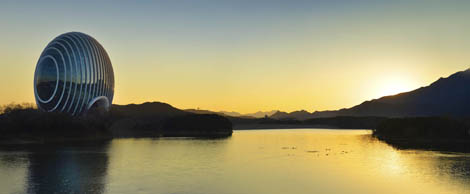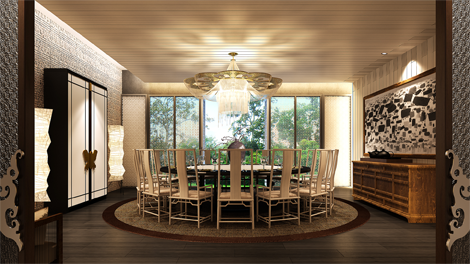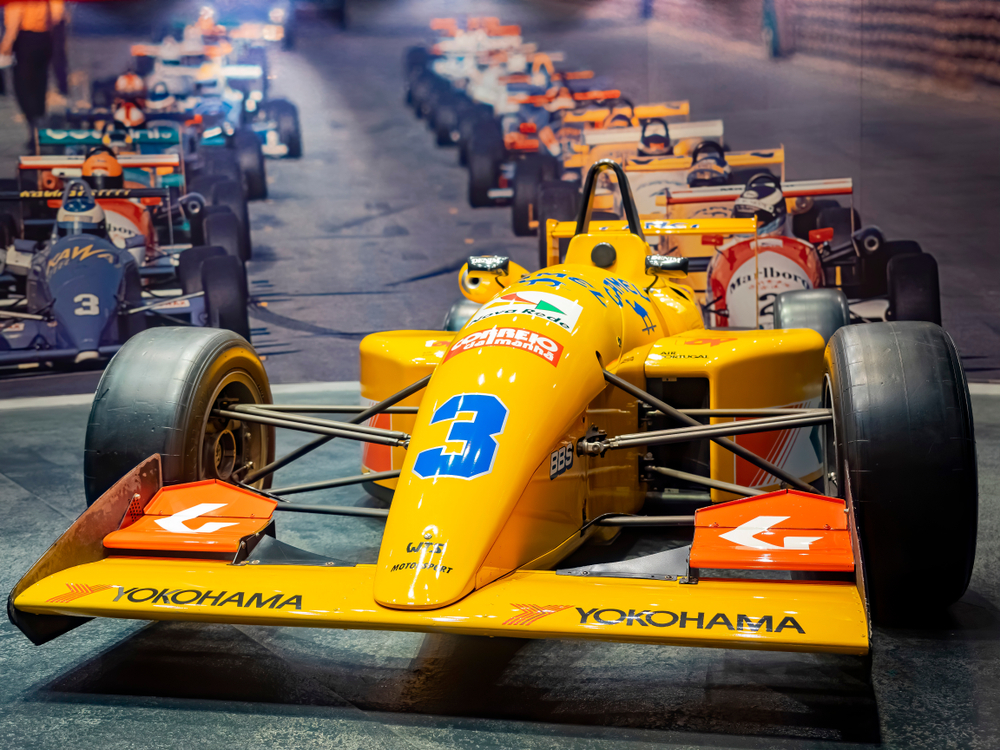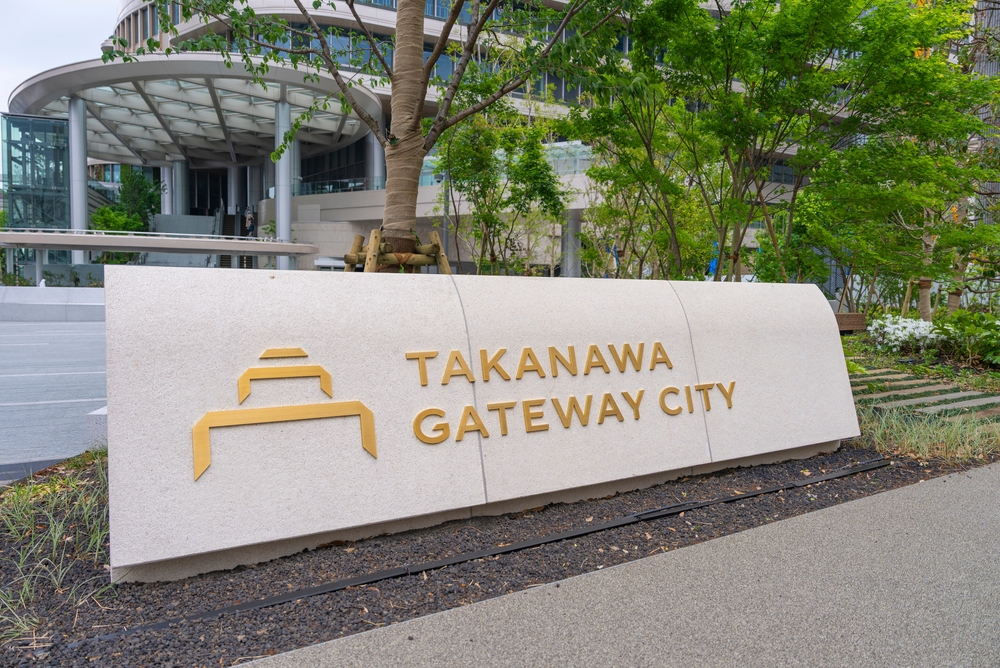Sunrise Kempinski Beijing and Yanqi Island is arguably one of the most anticipated hotel and resorts to open in China. In November 2014, the hotel’s MICE facility made international headlines for hosting the Apec Economic Leaders’ Meeting, which among its guests saw presidents Barack Obama, Vladmir Putin and Xi Jinping. The hotel’s conference centre, located on the shore of Yanqi Lake, is the first in China to host a global summit and has been praised for its sustainable practices and striking design.

Located 60km outside of Beijing’s city centre, Sunrise Kempinski Beijing and Yanqi Lake is the umbrella brand for a number of venues: the Sunrise Kempinski Hotel Beijing, Yanqi Hotel and 12 boutique hotels. Together with the main hotel, the Sunrise Kempinski Hotel Beijing, Kempinski’s meetings facilities are set on 14 square kilometres of grounds, including the 8,277 sqm Conference Centre where the final day of the Apec summit was held. Nearby attractions include the Mutianyu Great Wall, a section of the Great Wall of China, Hongluo Temple from the 12th century Yuan dynasty and the Miyun Reservoir.
The Sunrise Kempinski Hotel Beijing hopes to attract meeting organisers seeking an alternative to the bustling metropolis. The architecture is enticing too – with an enormous oval structure designed to mimic the rising sun. As well as an aesthetic triumph, it’s a sustainable one too. The mirrored panels on the building’s exterior not only complement the hotel’s surroundings, reflecting the nearby Yan mountain and lake below, they double as solar panels, feeding the hotel’s power system. The glass panels are also four-layered, which means there’s no chance of heat escaping in the winter months.

The environment is high on the agenda at the Sunrise Kempinski – it is the first hotel in China to own CCHP Systems Applications, a system that uses natural gas as its main fuel. It is also the first in China to use the Gas Power Generation System, which minimises energy consumption.
The resort debuted on the international scene with the Apec Economic Leaders’ Meeting and preparations began in early 2013. Employees who would join the staff once the hotel opened in 2014 worked with China’s Foreign Affairs ministry and the Beijing government who gave instructions on set-up, security, menus and themes for the event. The summit was held in Jixian Hall and saw 21 world leaders with around 300 in entourage followed by 4,066 media. The scale of the event required most of the Sunrise Kempinski’s 16 buildings to be used.
“We worked closely with the central government’s security team to ensure that the location was swept and that maximum security was implemented,” said Brice Péan, general manager of Sunrise Kempinski Beijing and Yanqi Lake.
“Although the facility on Yanqi Island is large, the challenges we faced concerned logistics and allocation of manpower around the various buildings.”
Péan said an additional 395-strong taskforce was deployed from other Kempinski and NUO branded hotels to support his own staff of 395 employees at the event.
In total, the Sunrise Kempinski complex comprises four ballrooms and 23 meeting rooms, with outdoor catering available at all venues. The Yanqi Hotel’s Conference Centre, inspired by Han and Tang dynasties in its architecture, has a ballroom that houses 750 delegates theatre-style and 800 for cocktails. Each of the 12 boutique hotels has one meeting room.
The Apec summit in numbers
- A 1,000 metre-long carpet was made especially for Apec by more than 100 during over the course of four months.
- 95 room attendants, public area attendants were involved.
- 223 chefs served at the summit.
- 16 interior designers from China and the US styled the Beijing Yanqi Lake International Conference Centre.
- 500 security personnel were mobilised


